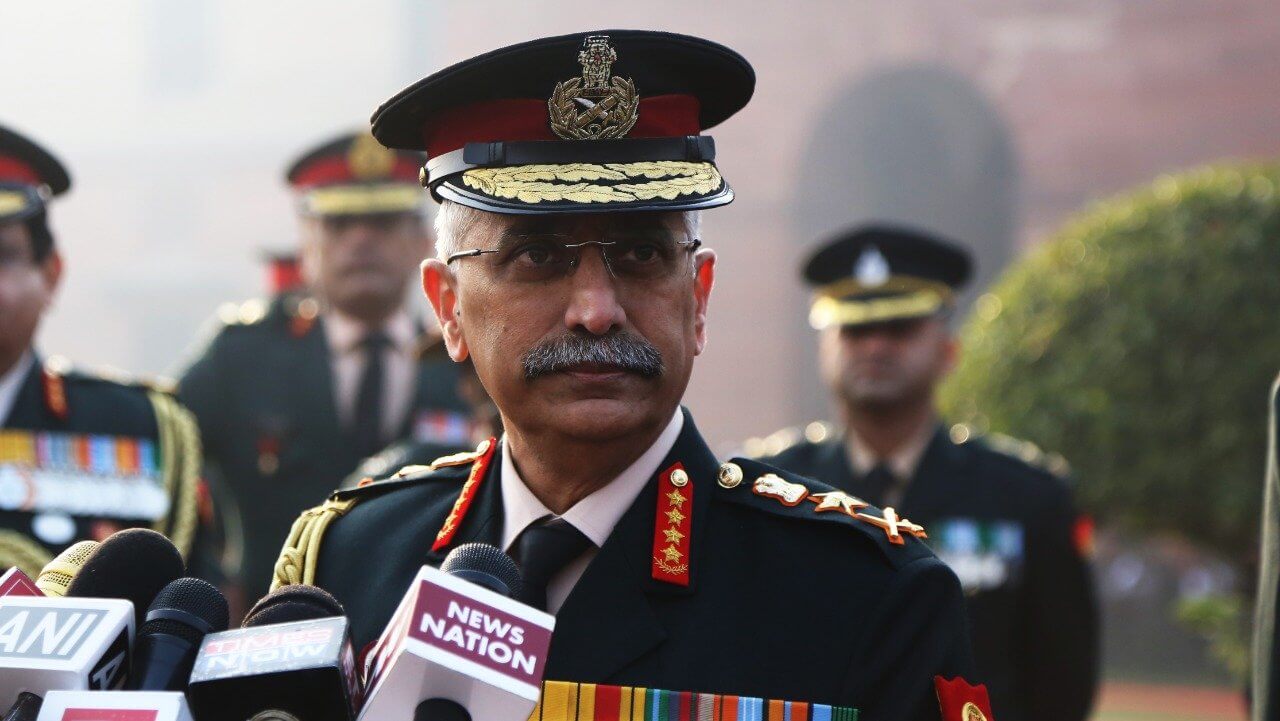Chinese state-owned news outlet Global Times quoted Chinese Foreign Minister (FM) Wang Yi as telling his Indian counterpart S Jaishankar over a phone call on Thursday that the two countries must “cherish” the “hard-won” de-escalation along their shared border and “maintain the momentum of consultation, improve border control mechanism, and further advance the border negotiation process”.
Wang said that New Delhi and Beijing “need to properly handle their border issues to prevent bilateral ties from being trapped in a vicious cycle.” The FM also added that “Border disputes are an objective reality and need to be given adequate attention and taken seriously”. However, he stressed that the border conflict “is not the whole story of China-India relations, and should be placed in a proper position in their relationship.”
Similarly, Indian army chief MM Naravane also agreed that the disengagement of both militaries from the north and south banks of Pangong Tso is a “very good end result”. Speaking at a webinar organised by the Vivekananda International Foundation on Wednesday, Naravane said, “We were all in it together. We had our plan chalked out which we had discussed on what should be the way forward. Whatever has panned out, has happened as a result of that.”
However, the military leader also added that a lot remains to be achieved in terms of future steps towards de-escalation and de-induction of soldiers. “We still have a long way to go. We have to move on to the stage of de-escalation. And of course, after that moving back of the troops, the de-induction of the troops which went to the higher reaches,” the Indian Army general remarked.
Although the situation at the Pangong Tso lake area has de-escalated with Chinese and Indian troops pulling back, a “trust deficit” remains between both armies. Addressing this concern, the Indian General noted, “In doing whatever we are doing, we are keeping in mind that we have to be wary. We will be very cautious. There is trust deficit. Unless that trust deficit is removed, we will, of course, continue to be very wary and watching every movement that happens on either side of the LAC.”
Further adding to this trust deficit are Beijing’s constant efforts to upgrade its border infrastructure across the Upper Subansiri district in the Indian states of Sikkim and Arunachal Pradesh. This includes at least three new bridges, troop sheds, and a new 66-kilometre road. Similarly, even in the western sector of their shared border, there is no indication that tensions will de-escalate in the future, especially concerning the Gogra-Hot Springs area where troops of the People’s Liberation Army (PLA) have stocked weaponry at Mabdo La across the Line of Actual Control (LAC). Likewise, the Depsang bulge area and the Daulet Beg Oldi sector also remain issues of concern in East Ladakh, even as the military commanders on both sides work towards de-escalation.
However, for now, the border situation seems to be diffusing between the two countries. Earlier this month, following nine months of rising tensions and several rounds of negotiations between military commanders of the two Asian powers, India and China finally agreed to disengage from the LAC in Eastern Ladakh and return to their pre-April 2020 positions. This is seen as a major achievement for both sides, as it is the first easing of military presence in the region since the border stand-off first began last May.
India and China Hail Progress Made at Border
Although China and India have celebrated the “hard-won” situation at the border, General MM Naravane said there is a long way to go for de-escalation.
February 26, 2021

SOURCE: MANISHA MONDAL, THE PRINT
